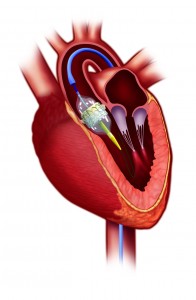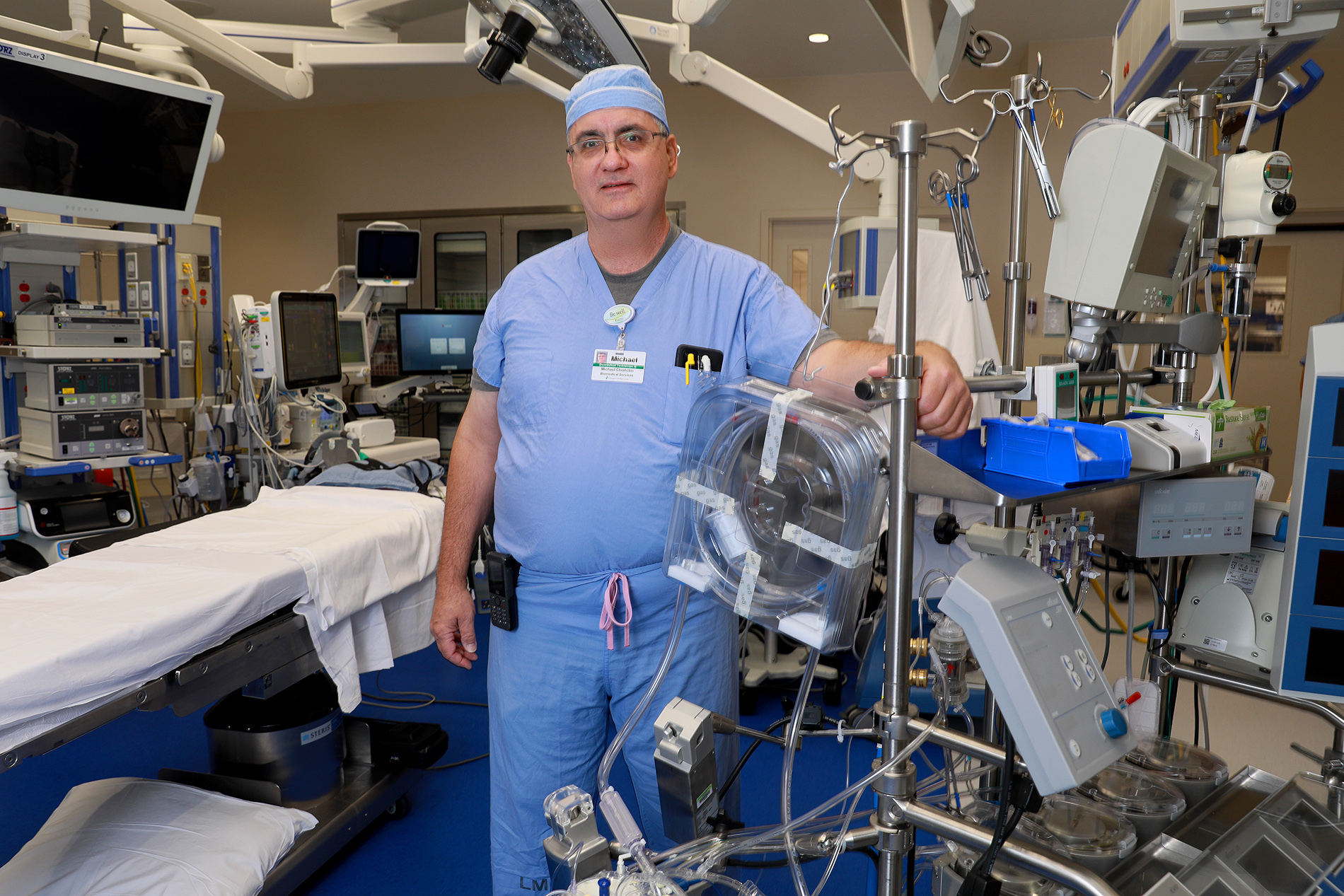Legendary Rolling Stones rock star Mick Jagger underwent transcatheter aortic valve replacement in New York City this week.

Known as TAVR, this procedure allows doctors to replace the aortic valve in the heart with a catheter instead of open heart surgery.
Often performed in a cardiac catheterization lab, the patient is typically in the hospital for one night and recovers much faster than with open heart surgery.
To date, Lexington Medical Center has performed more than 440 TAVR procedures.
Learn more about it in this news story from Today on NBC.

TAVR is for patients who have severe aortic stenosis. That's when the aortic valve in the heart doesn't open and close as it should. A narrowed aortic valve does not let blood flow efficiently. As the heart works harder to pump blood through the smaller opening in the valve, the heart eventually becomes weak.
Sometimes, people are born with aortic stenosis as a congenital heart defect. In other cases, the aortic valve wears out or calcifies as we age. Before TAVR, doctors would have to perform open heart surgery to replace the valve.
Often performed in a cardiac catheterization lab, the patient is typically in the hospital for one night and recovers much faster.

The Sentinel placed in arteries above the heart
Some patients undergoing TAVR are at a higher risk of having a stroke. Now, Lexington Medical Center doctors have a device called The Sentinel® to prevent that. The Sentinel is a basket that doctors place in arteries leading to the brain. It helps to prevent blood clots or plaque from going to the brain and causing a stroke during TAVR. The Sentinel is removed at the end of the procedure.
For more information about TAVR at Lexington Medical Center, visit LexMed.com/heart








